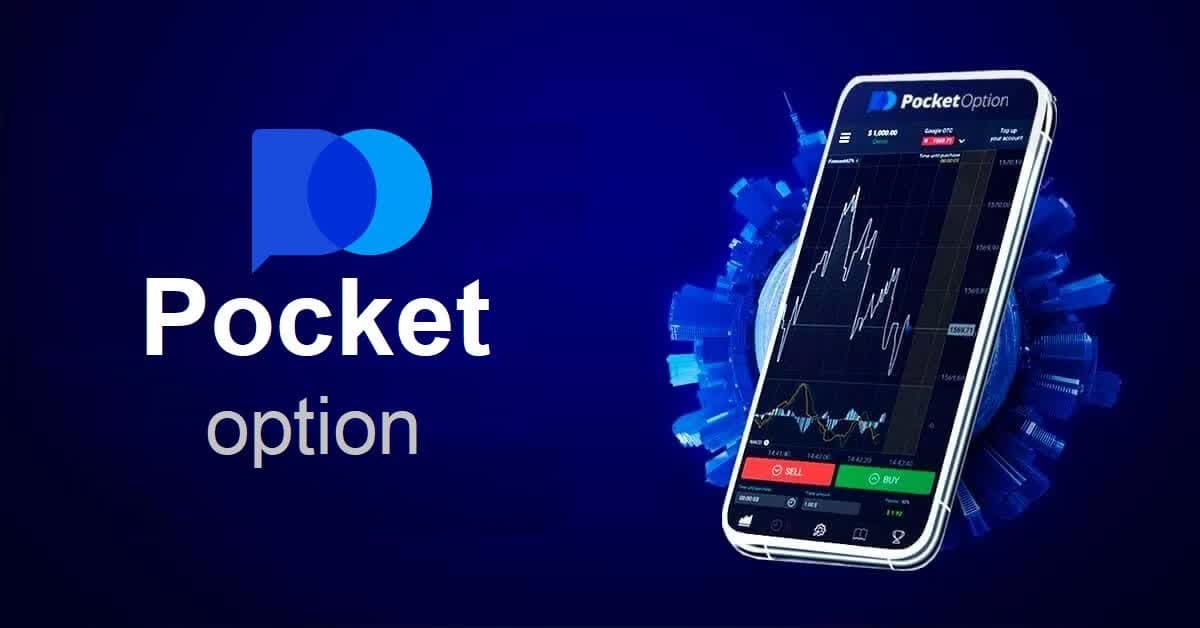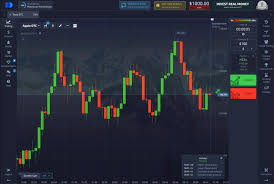Nadex vs Pocket Option A Comprehensive Comparison of Trading Platforms

Nadex vs Pocket Option: A Comprehensive Comparison
In the world of trading, choosing the right platform can significantly impact your success and overall experience. This article will delve into the intricacies of nadex vs pocket option nadex vs pocket option to help you make an informed decision.
Both Nadex and Pocket Option are popular choices among traders, but they serve different types of traders and offer various features. Let’s explore each platform’s unique offerings, user experiences, and their fundamental differences and similarities.
What is Nadex?
The North American Derivatives Exchange, commonly known as Nadex, is a regulated exchange that specializes in binary options and spreads. Launched in 2009, it operates under the regulations of the Commodity Futures Trading Commission (CFTC), making it a reputable choice for traders looking for a secure trading environment. Nadex allows traders to speculate on the price movements of a wide range of assets, including forex, commodities, and stock indices.
What is Pocket Option?
Pocket Option is a relatively newer player in the trading arena, founded in 2017. It allows users to trade binary options and offers a user-friendly platform aimed at novice and experienced traders alike. Pocket Option is not as heavily regulated as Nadex, which raises some concerns regarding the security of funds and the overall reliability of the platform. However, it compensates for this with features like a demo account, a broad range of assets, and a social trading option where users can follow and copy the trades of experienced traders.
Regulation and Security
One of the significant differences between Nadex and Pocket Option is their regulatory frameworks. Nadex, being CFTC regulated, ensures a high level of security for your funds. Traders can feel confident that their investments are protected due to the strict regulatory standards in place. On the other hand, Pocket Option operates under a more lenient regulatory environment. While it employs several security measures, such as SSL encryption and two-factor authentication, traders might feel uneasy due to the lack of rigorous oversight.

Trading Features
Both platforms offer distinct trading features that cater to various trading styles and preferences. Nadex provides a straightforward trading interface, focusing primarily on binary options and spreads. Traders can take advantage of fixed risk and potential profit, making risk management straightforward.
Pocket Option offers a more diverse range of features, including the ability to trade through the web platform or mobile application. It provides a variety of assets, including forex, cryptocurrencies, stocks, and commodities. Additionally, Pocket Option’s social trading feature allows traders to share strategies, follow others, and copy successful traders, which can be beneficial for beginners.
User Experience
User experience is crucial when selecting a trading platform. Nadex’s interface is relatively simple but effective, catering primarily to serious traders who focus on binary options. The platform may feel less user-friendly for beginners due to its analytical and data-driven focus, but advanced traders may appreciate the clear layout and functionality.
In contrast, Pocket Option is designed with beginners in mind. The platform is visually appealing and intuitive, making it easy for users to navigate. Its educational resources, including tutorials and trading tips, enhance the learning experience for new traders. The demo account feature is particularly useful for users, allowing them to practice without risking real money.
Fees and Commissions
When assessing trading platforms, fees and commissions are critical factors. Nadex operates on a unique fee structure. Instead of commissions on trades, Nadex charges a fee for each contract traded, typically around $0.90 per contract. This can lead to lower costs for high-volume traders who might benefit from fewer fees per transaction.

Pocket Option, on the other hand, does not charge a fee for trading operations, making it appealing for traders who want to avoid extra costs. However, be mindful of the withdrawal fees and potential inactivity fees, which can vary depending on your account status.
Asset Variety
Asset variety is another critical factor in choosing a trading platform. Nadex predominantly offers forex, commodities, and stock index options, making it suitable for traders interested in these markets. However, it may feel limited for those wanting to trade other asset classes.
In contrast, Pocket Option provides a more extensive range of assets, including cryptocurrencies and over 100 assets in total. This diversification enables traders to explore various trading opportunities and potentially broaden their portfolios.
Conclusion
In summary, both Nadex and Pocket Option have their strengths and weaknesses. Nadex stands out with its regulatory framework, reliable security for traders, and focus on binary options, making it suitable for experienced traders seeking a structured trading environment. However, it may not be as user-friendly for beginners or those wishing to trade less conventional assets.
Pocket Option, with its intuitive interface, social trading capabilities, and diverse asset offerings, presents an attractive option for novice traders and those looking to minimize trading fees. However, traders should be cautious of the regulatory status and consider the potential risks involved.
Ultimately, the choice between Nadex and Pocket Option will depend on individual trading goals, experience levels, and preferences. It’s essential to assess what each platform offers and how it aligns with your trading strategy before making a decision.







